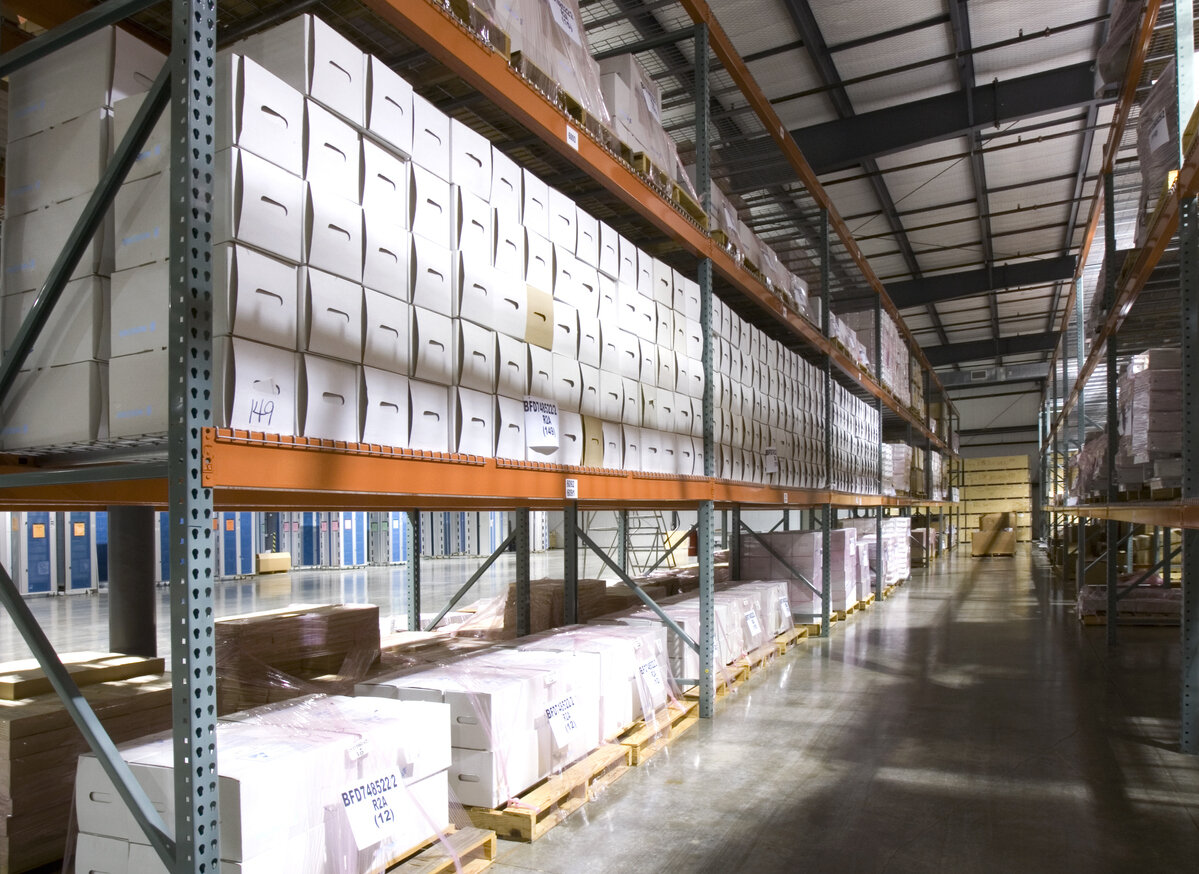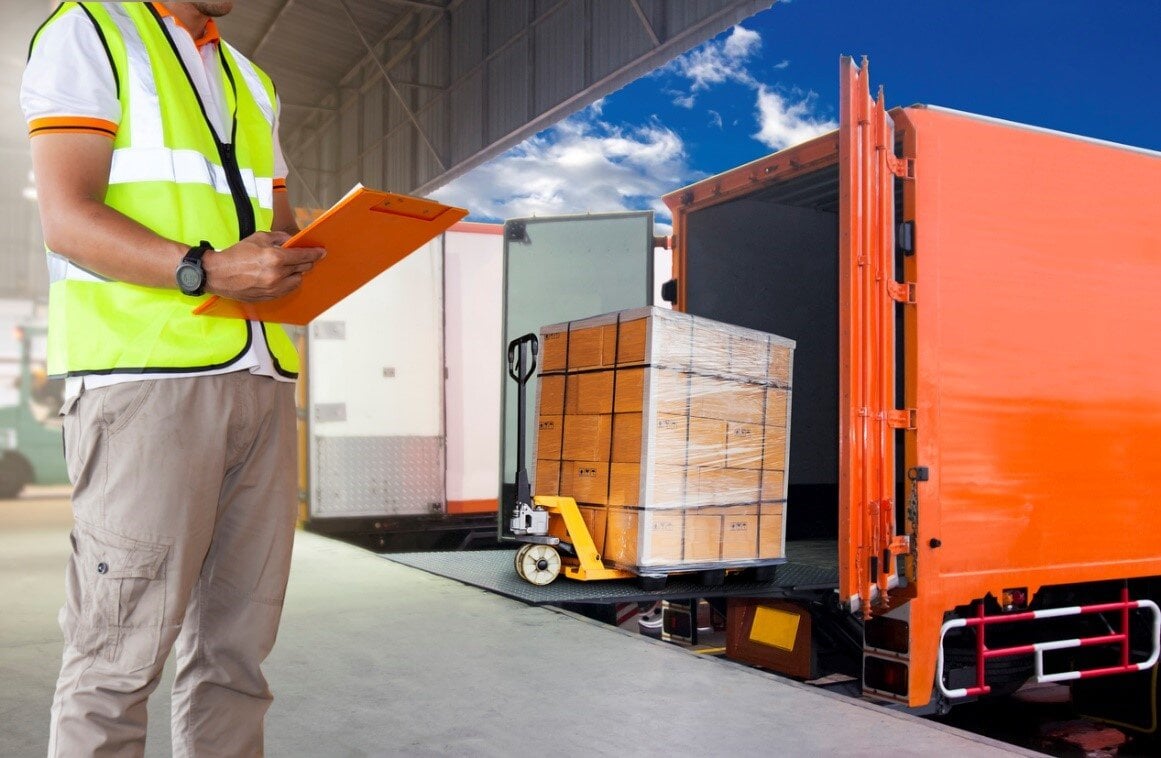How Will COVID-19 Affect the Future of LTL?
6 months in, COVID-19 has changed the way businesses ship. With that in mind, here’s what the future of LTL might look like.
Prior to COVID-19, the world was already inclined to choose online shopping over an in-store experience. Once shelter in place orders, quarantines, lockdowns and non-essential business closures went into effect, that inclination increased. This has challenged the supply chain, but it also paved the way for businesses — such as e-commerce companies — to shift their attention towards online sales.
For many of these operators, LTL, or less than truckload, is a popular shipping option. As the name implies, LTL does not require the usage of the entire trailer. It is ideal for companies with smaller shipments and a popular cost-cutting measure for the same reason roommates are important for apartment renters in expensive cities. Businesses that use LTL share the trailer with other shipments. This may come with other benefits, such as enhanced security, tracking, delivery and lift gate service, the option to expedite, and more competitive rates.
LTL, however, has not been immune to the logistics headaches brought on by COVID-19. As of August, the New York Times is reporting more than 4.8 million cases in the US with hotspots throughout the south. This begs the question: If COVID-19 continues to affect the US and the rest of the world, what does the future of LTL look like for businesses that depend on it?
In this article, we will cover:
-
Effects of COVID-19 on LTL
-
Consolidation in the future
-
Labor costs and LTL
-
Pressure on LTL capacity
-
What to do about LTL concerns
Effects of COVID-19 on LTL
Approximately six months into COVID-19, we can begin to assess the effect this global pandemic has had on LTL. One major impact has been undeliverable shipments because the receiver was closed due to non-essential business closures, or it had an outbreak that necessitating a temporary closure to quarantine exposed individuals and clean the facilities.
When this occurs, the supply chain is compromised and the shipment must be delayed or even returned, oftentimes at the shipper’s expense. This results in an extra charge on an invoice, making LTL much less cost-effective than it normally is.
There has also been an increase in non-contact delivery, which can delay shipments. LTL shipments may experience further delays due to an inability to guarantee shipping dates. This costs companies money due to unhappy customers and lost revenue.
Consolidation in the future
Prior to COVID-19, the 101-year-old shipping company New England Motor Freight shocked the logistics industry by closing down. In the wake of an even more uncertain financial future, the already consolidated LTL industry could be primed to condense even more. Just 10 carriers control 73% of the market, with FedEx Freight, YRC, XPO Logistics and Old Dominion leading the pack. Less competition could prevent prices from dropping.
Pressure on LTL Capacity
The COVID Pandemic has put pressure on capacity for all modes of transportation, and LTL has not been spared. Several LTL carriers have reported that shipment volumes have mushroomed over the past month with no end in sight. With the increase in freight volumes for LTL and other modes of transportation, not only will service be affected, but pricing will most likely go up as well.
Some carriers reported a 15% to 25% drop in shipments in April 2020 during the midst of the COVID-19 Pandemic. These same companies are now reporting a 10% to 25% increase in pre-pandemic shipment levels. Many factors are playing into this unprecedented increase in freight volumes, one of which is increased volumes of shipments to residences due to more people staying at home and making improvements to their homes. Increased sales at major home improvement retailers have taken up a lot of LTL capacity.
Another factor affecting the LTL industry is driver shortages and manpower issues in areas most affected by the pandemic, and/or better wages in other areas of the economy taking drivers out of the available pool of candidates. This, along with increased shipment volumes, is putting stress on the LTL marketplace.
Don’t expect these capacity and labor issues to go away anytime soon. If manufacturing begins to return to the U.S. due to strained U.S./China trade relations, there will be even more volume put onto these stressed LTL networks.
Increasing labor costs
Driver scarcity, the rise of unions, and demands for hazard pay — and more pay in general amidst the pandemic — have resulted in increased labor costs throughout the logistics industry. The cost of doing business during COVID-19 may be higher for certain stops along the supply chain. Shippers should be aware of this, as the extra overhead could translate to higher prices on contracts related to LTL shipping.
What to do about LTL concerns
Concerned about an LTL contract? For many businesses, COVID-19 has made the already complex task of negotiating and strategizing a logistics plan — and maintaining a logistics budget amidst razor-thin profit margins — a daunting task. This is where Resource Logistics Group comes in. Resource Logistics Group offers RFQ management for both LTL and FTL pricing and contracts, along with industry expertise on all facets of the logistics process.
Although we cannot fill the void of limited capacity, we can sure help manufactures become “shippers of choice” for carriers, which will help them obtain the capacity to move their goods in a time-efficient and cost-conscious manner.
For help understanding the future of logistics during COVID-19, or for any other contract or supply-chain questions, contact Resource Logistics Group and take advantage of a free benchmarking analysis of your LTL and FTL pricing and contract language.



